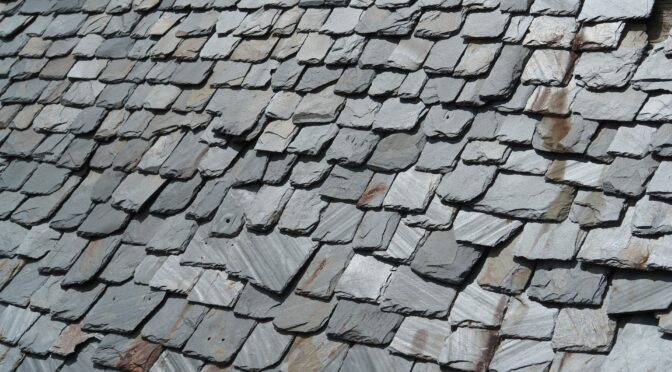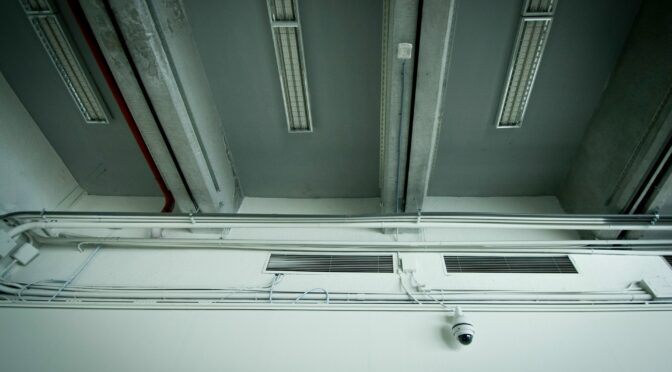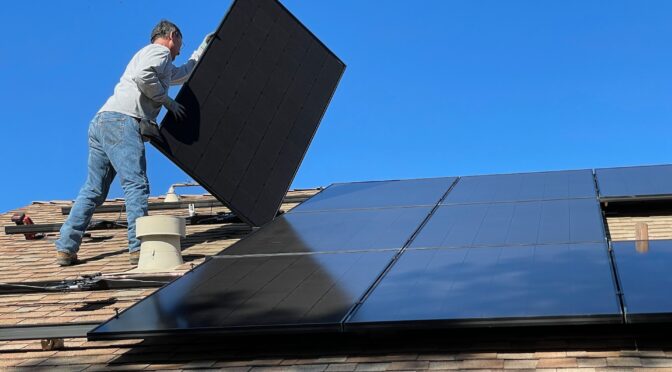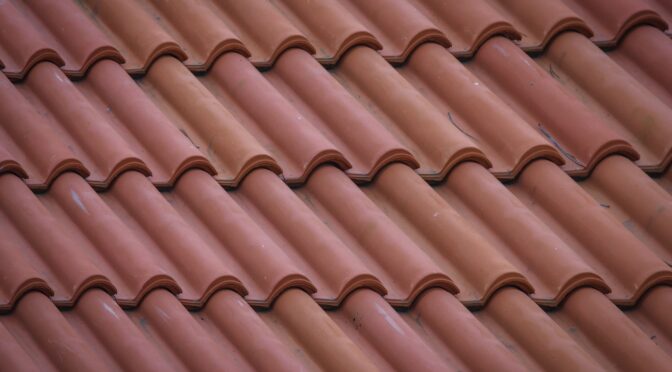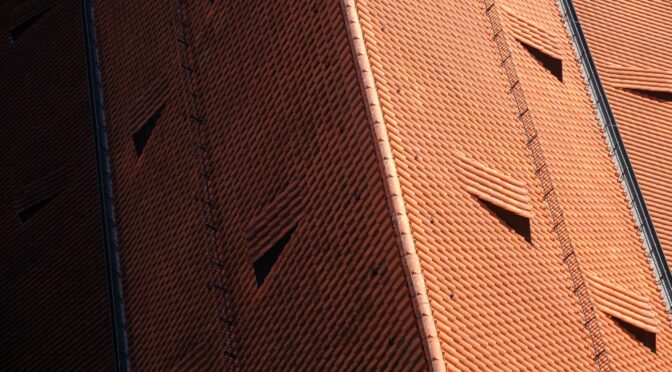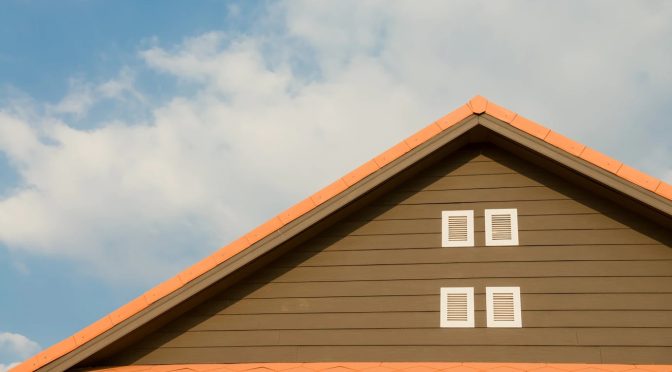Your roof is one of the most vital components of your home, providing protection and shelter from the elements year-round. However, like any other part of your house, it requires regular maintenance to ensure longevity and effectiveness. Neglecting roof maintenance can lead to costly repairs or even premature replacement. To avoid such scenarios, here are seven essential maintenance tips to help extend the life of your roof.
1. Conduct Regular Inspections
Regular inspections are crucial for identifying potential issues before they escalate into major problems. Schedule inspections at least twice a year, ideally in the spring and fall, to assess the condition of your roof. Look for signs of damage such as missing or damaged shingles, cracks, leaks, or any other visible wear and tear. Addressing these issues promptly can prevent further damage and prolong the lifespan of your roof.
2. Keep Gutters Clean and Clear
Clogged gutters can cause water to overflow, leading to water damage on your roof and siding. Ensure that gutters and downspouts are free of debris such as leaves, twigs, and dirt to allow proper drainage. Clean your gutters regularly, especially during the fall when leaves accumulate. Additionally, consider installing gutter guards to prevent debris buildup and minimize maintenance efforts.
3. Trim Overhanging Branches
Overhanging branches can threaten your roof, especially during storms or strong winds. Trim back branches that extend over your roof to prevent them from scratching or damaging the shingles. This also reduces the risk of fallen branches causing structural damage or puncturing the roof surface. Regular tree maintenance can help safeguard your roof and prolong its lifespan.
4. Repair Roof Leaks Promptly
Even minor roof leaks can lead to significant damage if left unattended. Inspect your attic and ceilings for signs of water stains, mold, or dampness indicating a leak. If you notice any signs of leakage, address them immediately to prevent further water damage and deterioration of your roof’s structure. Hire a professional roofer to locate and repair leaks properly to ensure long-term protection for your home.
5. Remove Moss and Algae
Moss, algae, and lichen can thrive in moist environments, causing damage to your roof over time. Regularly remove these growths using a soft-bristle brush or a mild water and bleach solution. Be cautious not to damage the shingles while cleaning. Additionally, consider installing zinc or copper strips along the roof ridge to inhibit the growth of moss and algae and prevent future infestations.
6. Ensure Proper Ventilation
Proper attic ventilation is essential for maintaining a healthy roof and prolonging its lifespan. Inadequate ventilation can lead to moisture buildup, damaging the roof decking and insulation. Ensure your attic has sufficient vents to allow air circulation and prevent heat and moisture buildup. Consider installing ridge vents, soffit vents, or attic fans to improve ventilation and regulate temperature and humidity levels.
7. Schedule Professional Maintenance
While DIY maintenance is beneficial, some tasks require the expertise of a professional roofer. Schedule annual roof inspections and maintenance with a reputable roofing contractor to ensure thorough assessment and upkeep of your roof. Professional roofers have the knowledge, skills, and equipment to effectively identify potential issues and perform necessary repairs or maintenance tasks. Professional maintenance can save you money in the long run by preventing costly repairs or premature roof replacement.
Safeguard Your Investment with Regular Maintenance
Your roof is a significant investment that is crucial to protecting your home and family. By following these seven essential maintenance tips, you can extend the life of your roof and minimize the risk of costly repairs or replacements. Remember to conduct regular inspections, keep gutters clean, trim overhanging branches, repair leaks promptly, remove moss and algae, ensure proper ventilation, and schedule professional maintenance when needed. With proper care and attention, your roof will continue to serve its purpose effectively for years.


